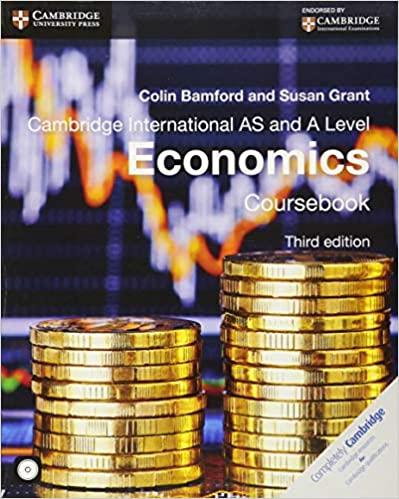





HElp needed
2. Consider an experiment of mating rabbits. We watch the evolution of a particularIn the Dark Ages, Harvard, Dartmouth, and Yale admitted only male students. As- sume that, at that time, 80 percent of the sons of Harvard men went to Harvard and the rest went to Yale, 40 percent of the sons of Yale men went to Yale, and the rest split evenly between Harvard and Dartmouth; and of the sons of Dartmouth men, 70 percent went to Dartmouth, 20 percent to Harvard, and 10 percent to Yale. (i) Find the probability that the grandson of a man from Harvard went to Harvard. (ii) Modify the above by assuming that the son of a Harvard man always went to Harvard. Again, find the probability that the grandson of a man from Harvard went to Harvard.A certain calculating machine uses only the digits I] and 1. It is supposed to transmit one of these digits through several stages. However, at every stage, there is a prob- ability p that the digit that enters this stage will he changed when it leaves and a probability 9 = l 3:! that it 1won't. Form a Markov chain to represent the process of transmission by taking as states the digits I] and 1. 'What is the matrix of transition probabilities?I Now draw a tree and assign probabilities assuming that the process begins in state and moves through two stages of transmission. 'What is the probability that the machine, after two stages, produces the digit I] {i.e., the correct digit}? I have 4 umbrellas, some at home, some in the office. I keep moving between home and office. I take an umbrella with me only if it rains. If it does not rain I leave the umbrella behind (at home or in the office). It may happen that all umbrellas are in one place, I am at the other, it starts raining and must leave, so I get wet. 1. If the probability of rain is p, what is the probability that I get wet? 2. Current estimates show that p = 0.6 in Edinburgh. How many umbrellas should I have so that, if I follow the strategy above, the probability I get wet is less than 0.1?Assume that a man's profession can be classified as professional, skilled labourer, or unskilled labourer. Assume that, of the sons of professional men, 80 percent are professional, 10 percent are skilled labourers, and 10 percent are unskilled labourers. In the case of sons of skilled labourers, 60 percent are skilled labourers, 20 percent are professional, and 20 percent are unskilled. Finally, in the case of unskilled labourers, 50 percent of the sons are unskilled labourers, and 25 percent each are in the other two categories. Assume that every man has at least one son, and form a Markov chain by following the profession of a randomly chosen son of a given family through several generations. Set up the matrix of transition probabilities. Find the probability that a randomly chosen grandson of an unskilled labourer is a professional man.6. Suppose that 60, 51, 52. ... are independent random variables with common probability function f(k) = P(50 = k) where k belongs, say, to the integers. Let S = {1, ... . N}. Let Xo be another random variable, independent of the sequence (,), taking values in S and let f : S xZ - S be a certain function. Define new random variables X1, X2, . .. by Xn+1 = f(Xn,{n), n = 0,1,2... (i) Show that the X, form a Markov chain. (ii) Find its transition probabilities


















